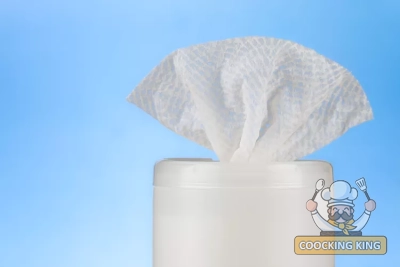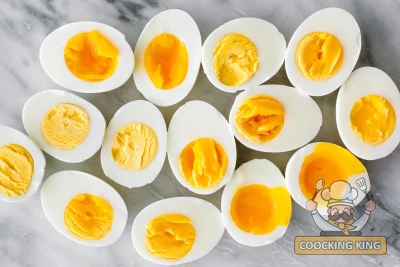Why Your Beloved Disinfecting Wipes May Be Making Your Kitchen Dirtier
Category: Useful tips

Disinfecting wipes have been around for more than a decade, and their popularity is not fading. But what most people who snatch up the pre-moistened swipers don't know is that if you don't use them correctly, you could be making your kitchen dirtier.
You read that right.
Disinfecting wipes do work — research tells us that — but it also tell us that if you don't follow the rules carefully, you could be spreading germs across your entire kitchen, just as you think you're wiping away potentially dangerous ones.
The following rules of thumb will help you decide if you should really be using antibacterial wipes (you don't always need them), and, if so, how to use them correctly so that you get the most protective benefit.
Consider the Cause
Ask yourself: Do I need to clean? Or do I need to disinfect? A daily wipe down of your kitchen's surfaces may be in order after you've cooked a meal and prepped the next day's lunches. A daily bacteria-killing wipe may not be necessary.
Indeed, bacteria can be a good thing. The "hygiene hypothesis" says we need bacteria to keep our bodies resilient and ready to battle incoming bugs. Exposure to bacteria may be particularly useful in preventing asthma in young children, research suggests.
If you need to clean up your surfaces, not disinfect them, you can use a moist paper towel, washcloth, or microfiber cloth simply to wipe down your kitchen. Throw away the paper towel. Wash the cloths in hot water with bleach to kill any bad germs you happen to pick up.
If you want to remove and kill germs, keep reading.
Use It and Lose It
If you do decide you need to kill germs — for example, you spilled raw chicken juices on the counter while cooking — you need to follow a simple antibacterial wipe rule: use it and lose it. Research shows that these germ-killing wipes pick up bacteria and destroy them for a small surface area (about one meter squared). If you go beyond that, you're actually just spreading the germs you picked up to other surfaces. Yikes!
On highly-contaminated or high-traffic surfaces in the kitchen (that cutting board or countertop or frequently-used kitchen handles), use one wipe for a three-foot-by-three-foot area. Then, toss it in the trash, and get a new wipe.
Read the Instructions Carefully
To be most effective, some anti-bacterial wipes state the surface has to be wet for a specific amount of time, from four to even 10 minutes. That's a lot of wipes!
If you're not keeping the surface wet for the amount of time the manufacturer recommends, you're cleaning the area — that is, moving dirt and food — but you're not disinfecting.
Use Germ-Swiping Materials, Not Germ-Killing Ones, Regularly
When you don't need to kill germs but rather just want to clean up around the kitchen, get into the habit of wiping germs away with microfiber cloths. Research shows that the unique weave in these fabrics helps wick away germs — which then can be promptly washed and destroyed in a hot-water bath with bleach.
But the surface area rule applies here, too. Don't use the same side of the cloth to clean the entire kitchen. Use more than one, and change to a fresh side every few feet.







